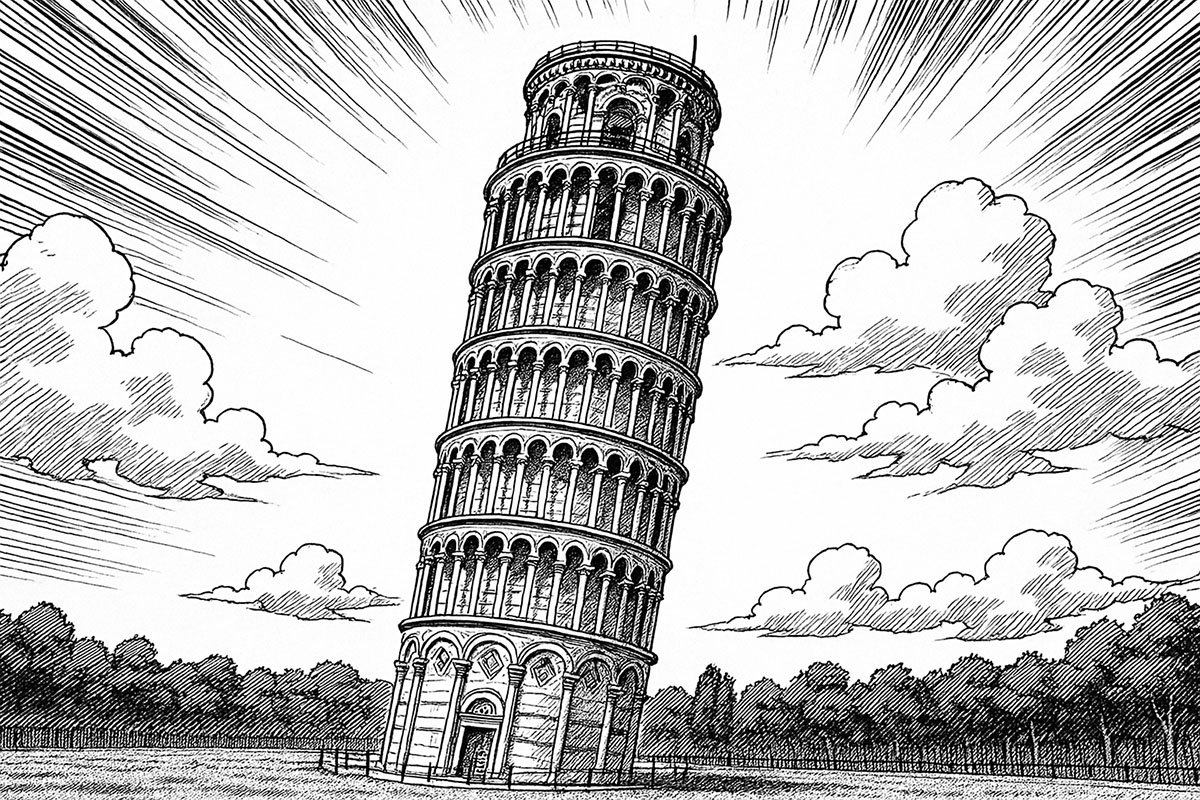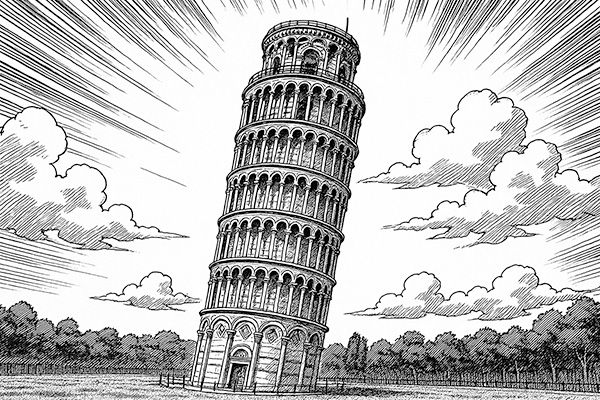
The tower is part of the cathedral complex in Pisa, which also includes the cathedral and baptistery. It began leaning during construction in the 12th century.
The Leaning Tower of Pisa is 57 meters tall on its highest side and 56 meters on its lowest side due to its tilt.
The tower began leaning shortly after construction started in 1173 due to the soft ground beneath it, which could not properly support its weight.
Construction was interrupted multiple times due to wars and engineering challenges. The tower was finally completed in the 14th century.
In the 1990s, engineers worked to stabilise the tower, reducing its tilt by 45 centimeters. It is now stable and safe for visitors.
Visitors can climb the 294 steps to reach the top of the Leaning Tower of Pisa, offering a unique view of the city.
According to legend, Galileo Galilei dropped two spheres of different masses from the tower to demonstrate that their time of descent was independent of their mass.
The tower was used by German soldiers as an observation post during World War II, but it was spared from destruction.
Before stabilisation efforts, the tower's tilt was increasing by about 1.2 millimeters each year. Today, the tilt is stable and doesn't increase further.
In 1987, the Leaning Tower of Pisa and the entire cathedral complex were declared UNESCO World Heritage Sites for their cultural significance.















